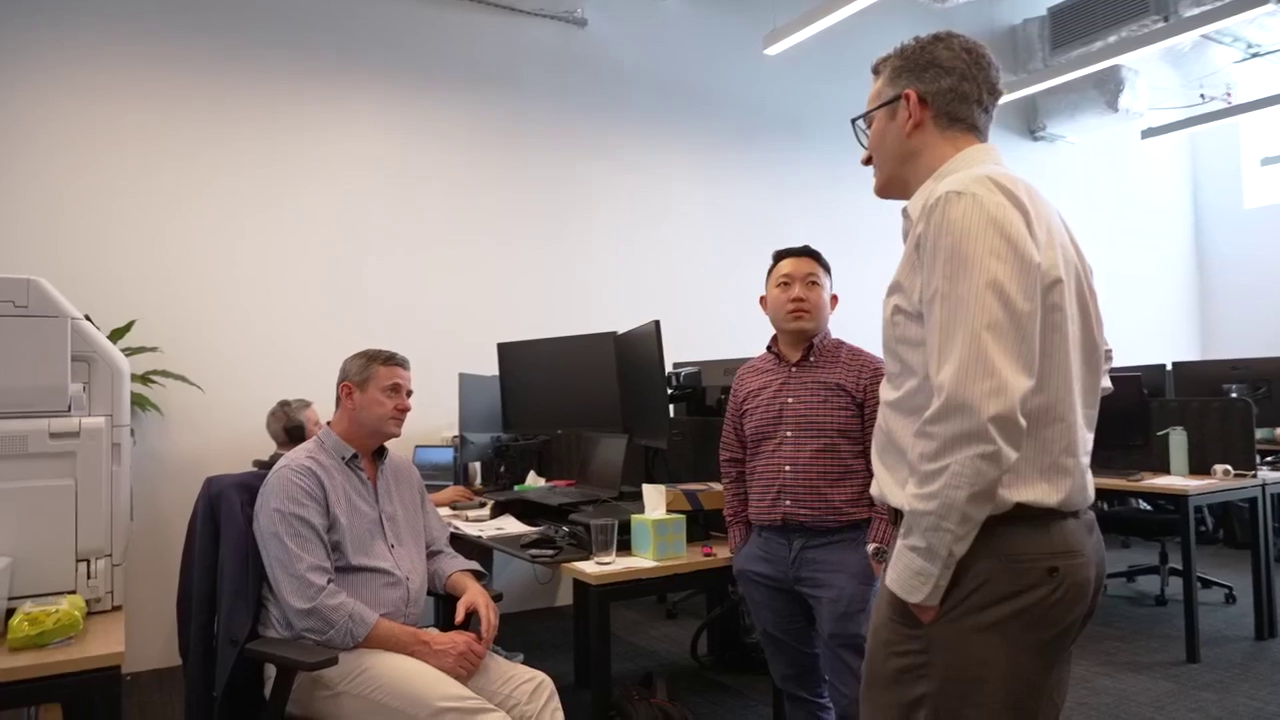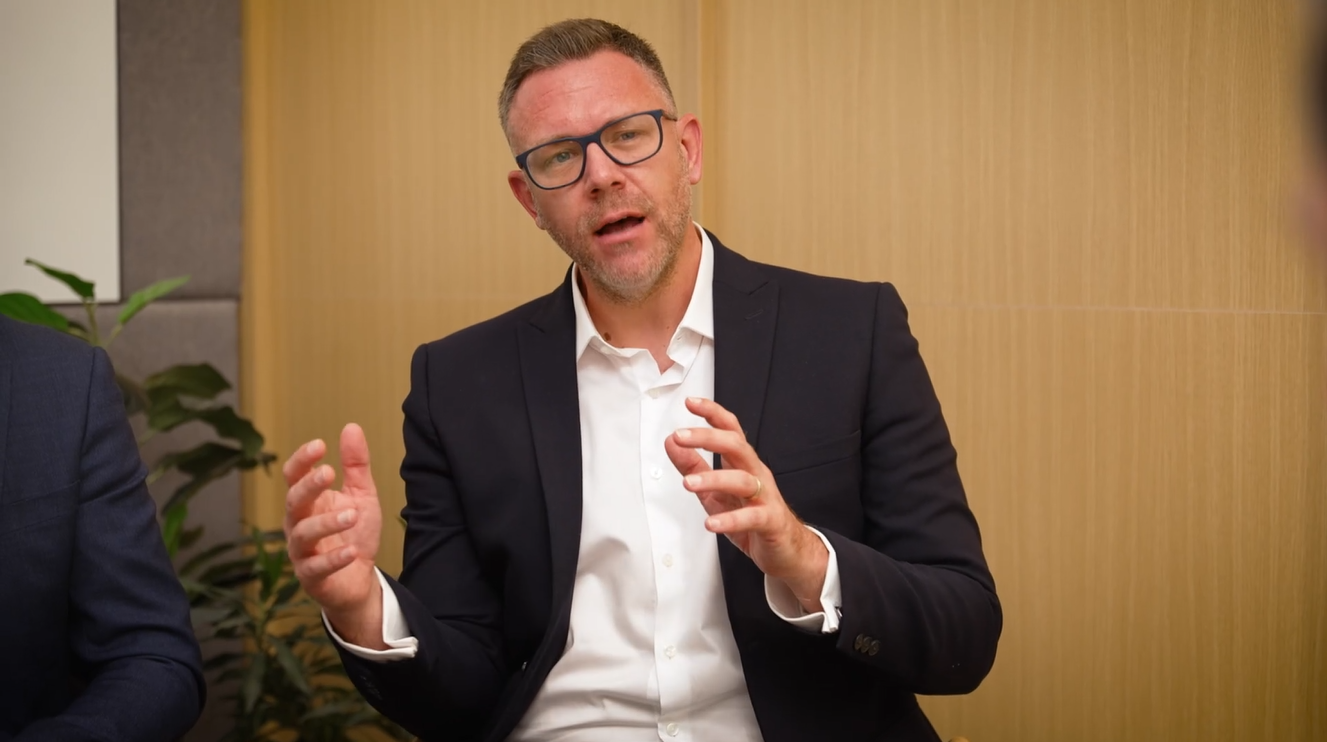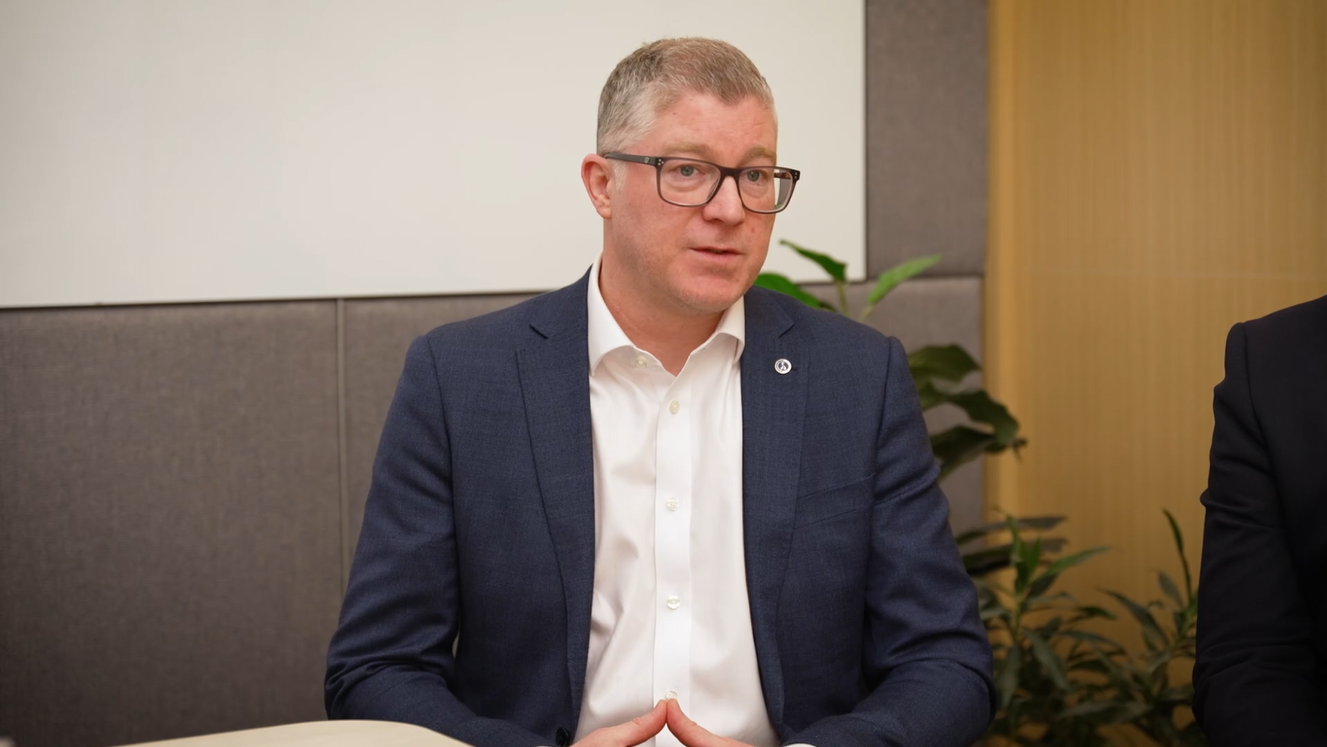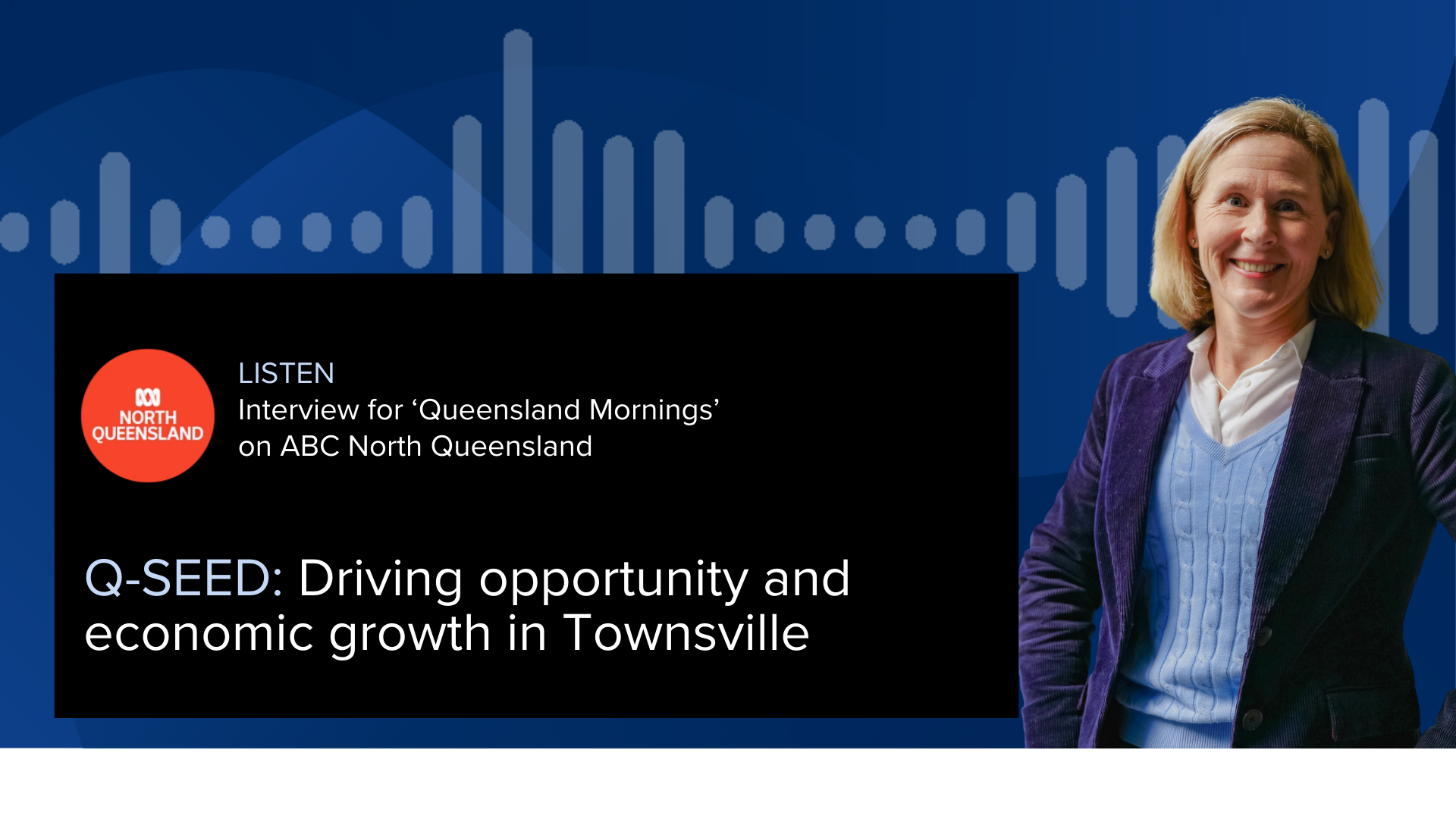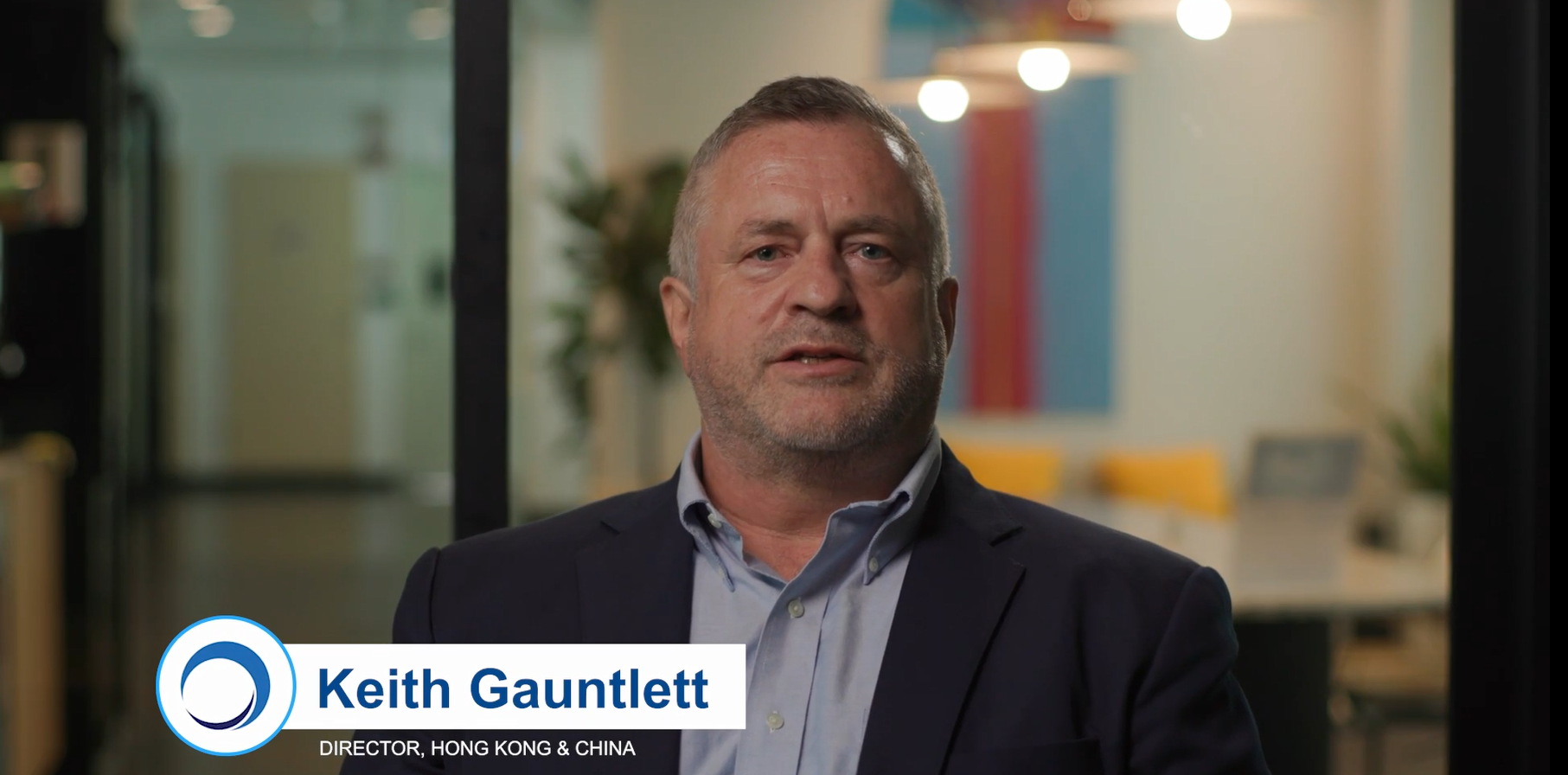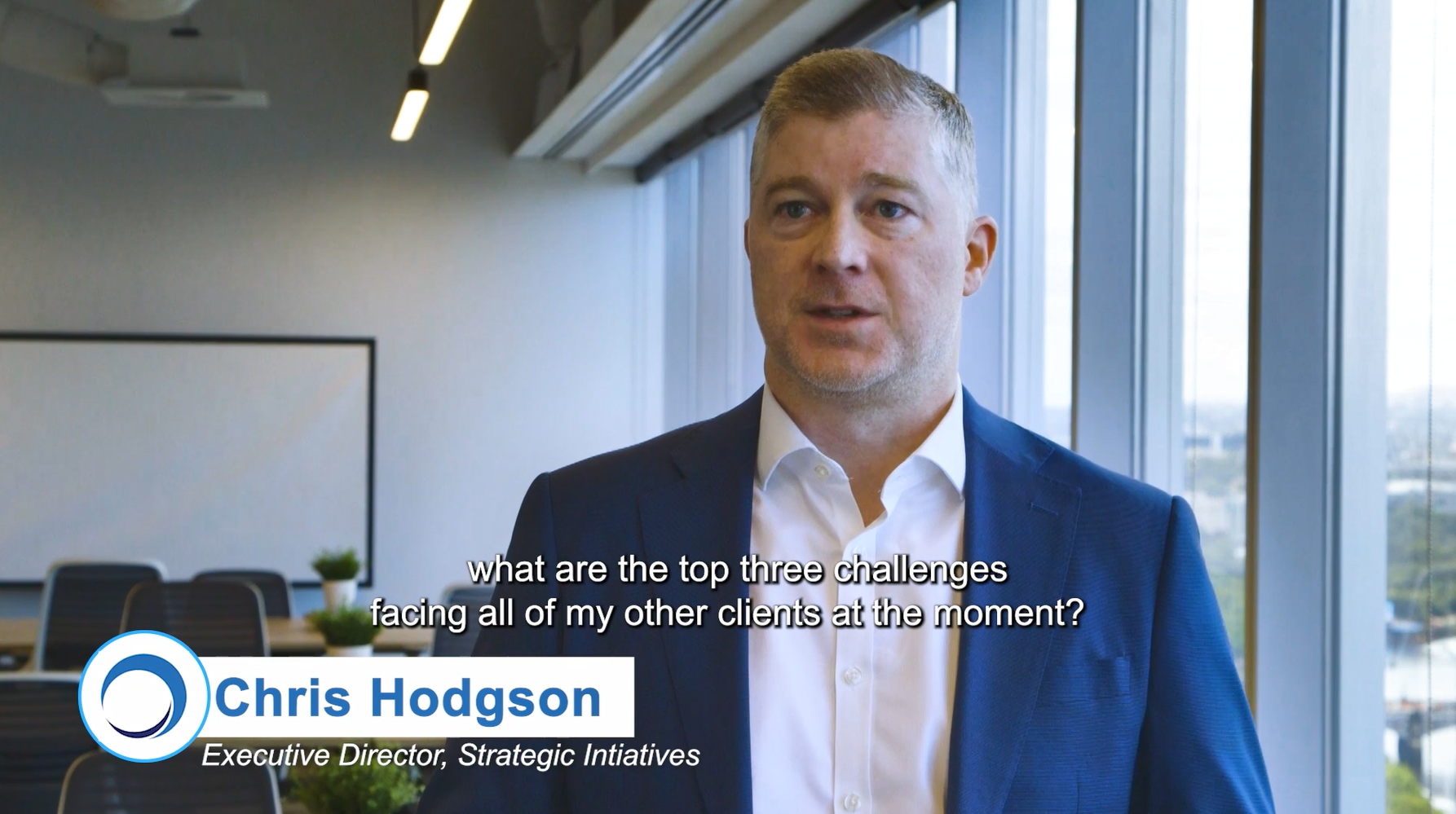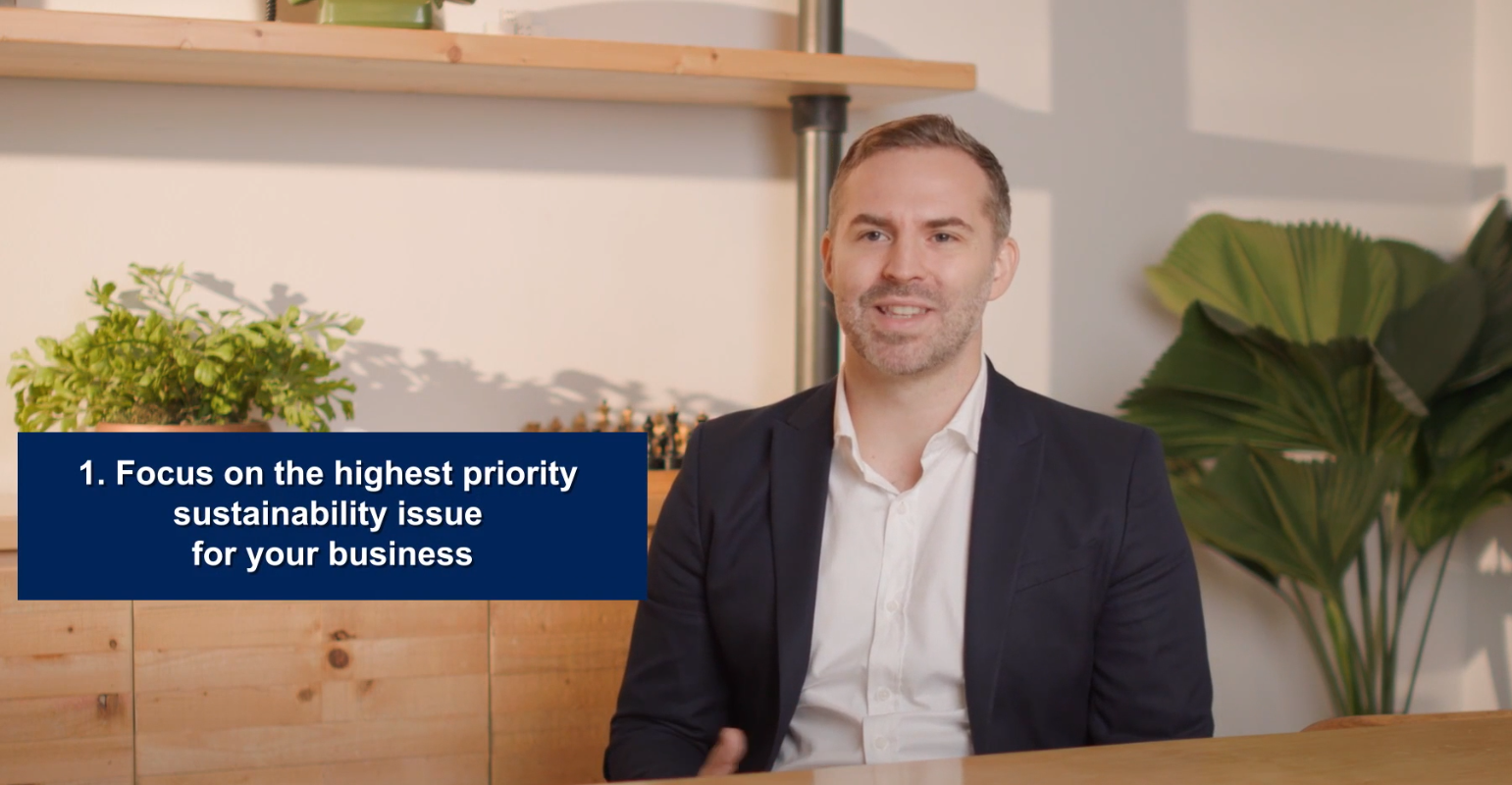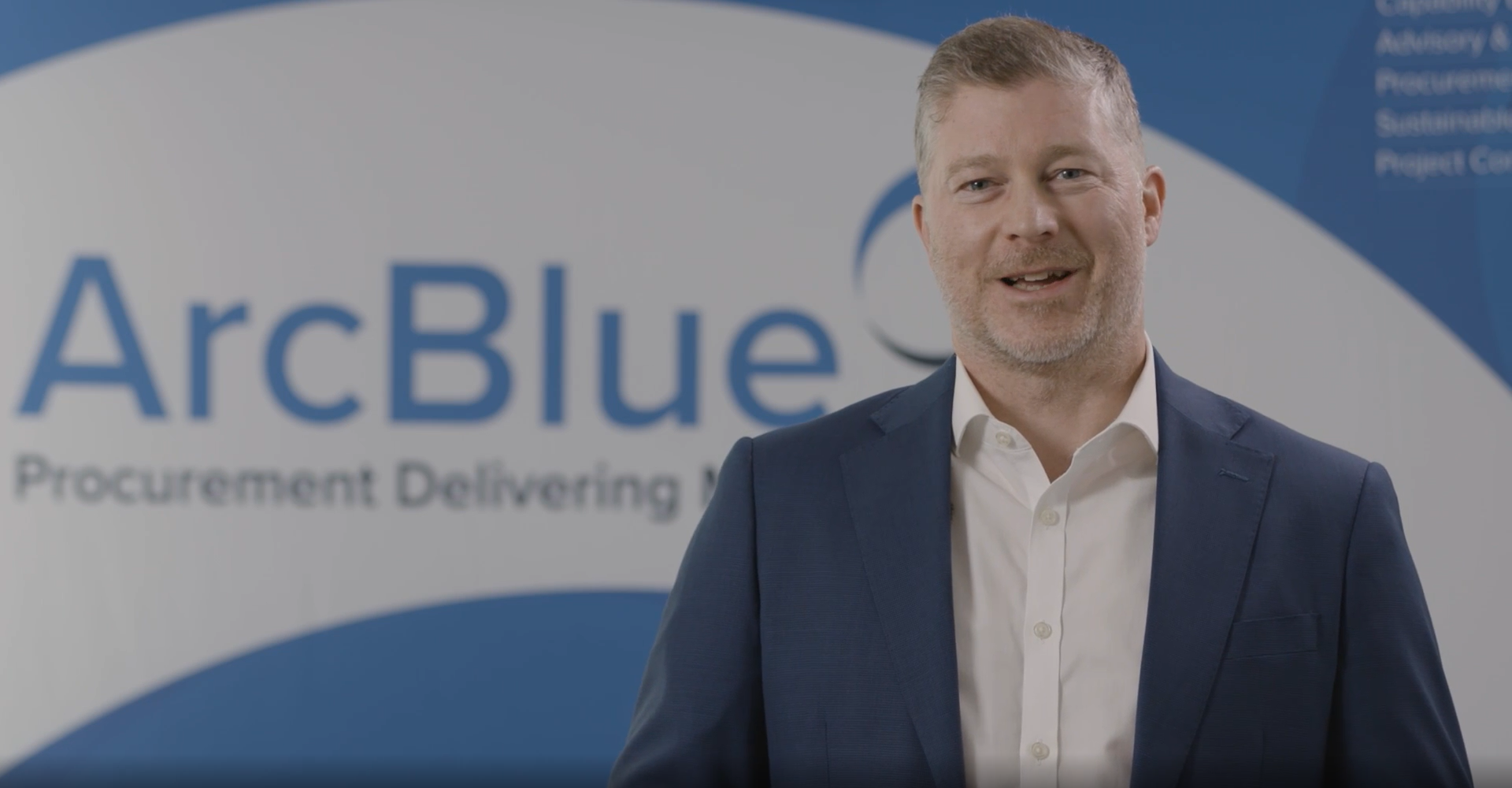- VIDEO
Cost Optimisation Series:
Part 2 - Buy Better & Spend Better - Capturing the Benefits
December 2024
“It’s really important to take the business, the enterprise, along on the journey. Savings programs traditionally are seen as a procurement-owned initiative, whereas actually the value can be unlocked through the business as a whole…” ArcBlue’s Savings Programme experts, Chris Hodgson and Chris Gardner, explore how listening to the business, understanding its pain points, and fostering collaboration with stakeholders are crucial steps in achieving sustainable savings outcomes.
Featured
Related Services
Transcript
Dan R: How do you find organisations that promote heavily cost avoidance in, say, high inflation markets as a way of adding value?
Chris H: Few and far between, to be honest with you. Because if you think about the language of Finance, the language of Finance is often ‘cost reduction’. I mean, there’s ‘cost control’ in there. I think there’s a level of maturity that within some organisations, avoidance is recognised, valued, reported on and tracked. We don’t see that in every organisation. It tends to be the more mature organisations that think like that.
We often have this conversation: Where are the cost savings, the cost reduction? They’re here. But if you don’t address the price increases and you don’t invest effort in those cost avoidance levers, those price increases will negate all of the cost reductions.
You really do need to be addressing both of those issues and both of those challenges, accepting that obviously cost reduction is priority. But you do tend to find that it’s the more mature organisations where they’re really focusing on avoidance and recognising avoidance as well.
Chris G: And I’m going to pick up on a term that you quite often use, which is today’s cost avoidance is tomorrow’s cost reduction. And I think that really resonates. I think it’s inherent on procurement to challenge. And I think you’ve got to incentivise and recognise the effort that goes into pushing back on cost avoidance activities as well and celebrate those as a procurement function. Whilst it might not resonate into the CFO world and the Finance language, I think it’s a prerequisite within the role that procurement plays.
Dan R: One of the ones I hear quite a bit is buy better, spend better. What do we mean by that?
Chris H: Essentially buy better, spend better is a framework, a lever framework. Buy better being, you’re very simplified, sort of traditional levers – negotiate, aggregate, volume optimisation. So traditional procurement levers typically are a little bit easier to pull inside a business and often procurement have almost full control of those levers.
Spend better is what I’d classify as sort of a set of demand-side levers. So, this is sort of buy better as how you’re buying and spend better is really what you’re buying, and actually shaping the specification, even thinking about how do we design a service to a value point, a design to value lever? It’s putting that framework to simplify it because there’s a lot of jargon around value levers, so it’s just been simplified in that way so that it’s easier for a non-procurement person to engage with that framework.
Chris G: The flip side to this is the ease of implementation. If we look at the buy better, they’re much quicker to pull. It’s going to give you much more of those quicker wins, and as Chris said, easier to control. On the spend better side, there’s a higher lag on the implementation side. They’re harder to achieve. They need more engagement with the business. They need more engagement with the wider world. But quite often we’ll see 60% of the total value that can be unlocked, will sit more on that spend better side.
Chris H: And you tend to need more specialist skills in the spend better side of the value framework, whereas in the buy better initiatives, a good practitioner will be able to pull the majority of those levers without too much assistance.
Dan R: Chris, how do you see us contextualising the benefits?
Chris G: I think I’ll pick up on the point Chris made. I think it’s really important to take the business, the enterprise, along on the journey. Savings programs traditionally are seen as a procurement-owned initiative, whereas actually the value can be unlocked through the business as a whole. Chris made the point very clearly around understanding where the pain points are for the business and listening to the business. That’s one of the key roles for procurement, to listen and to bring the story to life. And I think contextualising the savings opportunities in terms of what it means to those wider stakeholders is critical to success.
Dan R: Contracts are helpful as a data point in understanding where we’re spending our money and how we’re spending it. But how can procurement engage with a broader set of stakeholders?
Chris H: Well, I think contracts are really important. They’re really important to understand the commitments that have been made by the business. What term, what’s the pricing, what are the volume commitments that we’ve made? But often what’s written down in the contract isn’t reality. You’ll find in a large number of cases that whilst we’ve got a contract that describes the services in a lot of detail, when you actually engage with the business and start to unpick, what are you actually doing with these suppliers? You’ll find there’s nuances, there’s changes, there’s scope change. The rate card may or may no longer be relevant, they may have changed that; it’s just not been documented. So, it is really important to augment contract reviews and benchmarking exercises. Again, with that dimension of what’s reality? What’s actually happening?
The other thing is you need to understand supplier performance, right? Are these suppliers performing well? Are they not performing well? What are the opportunities for innovation? You’re only going to get that from deeper engagement outside of just looking at the contract. What do you think, Chris?
Chris G: Yeah, I’d probably just add to that. I think on the flip side of supplier performance, it’s also how are we performing as a business. Are we doing what we’ve said we’re going to do? Are we engaging in the right way with our suppliers? Are we working collaboratively with them? so we’ve got a win-win situation.
KEEP WATCHING






